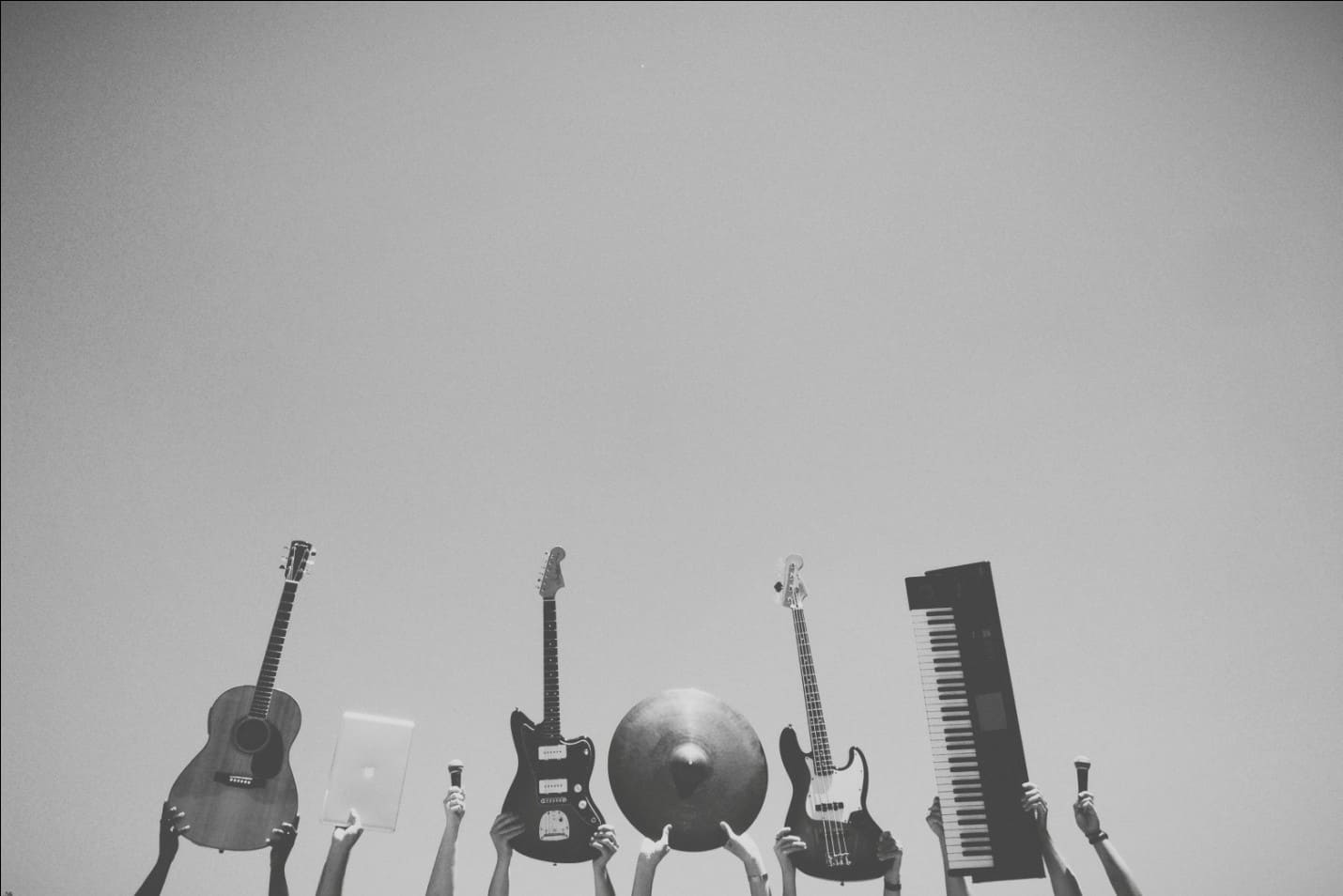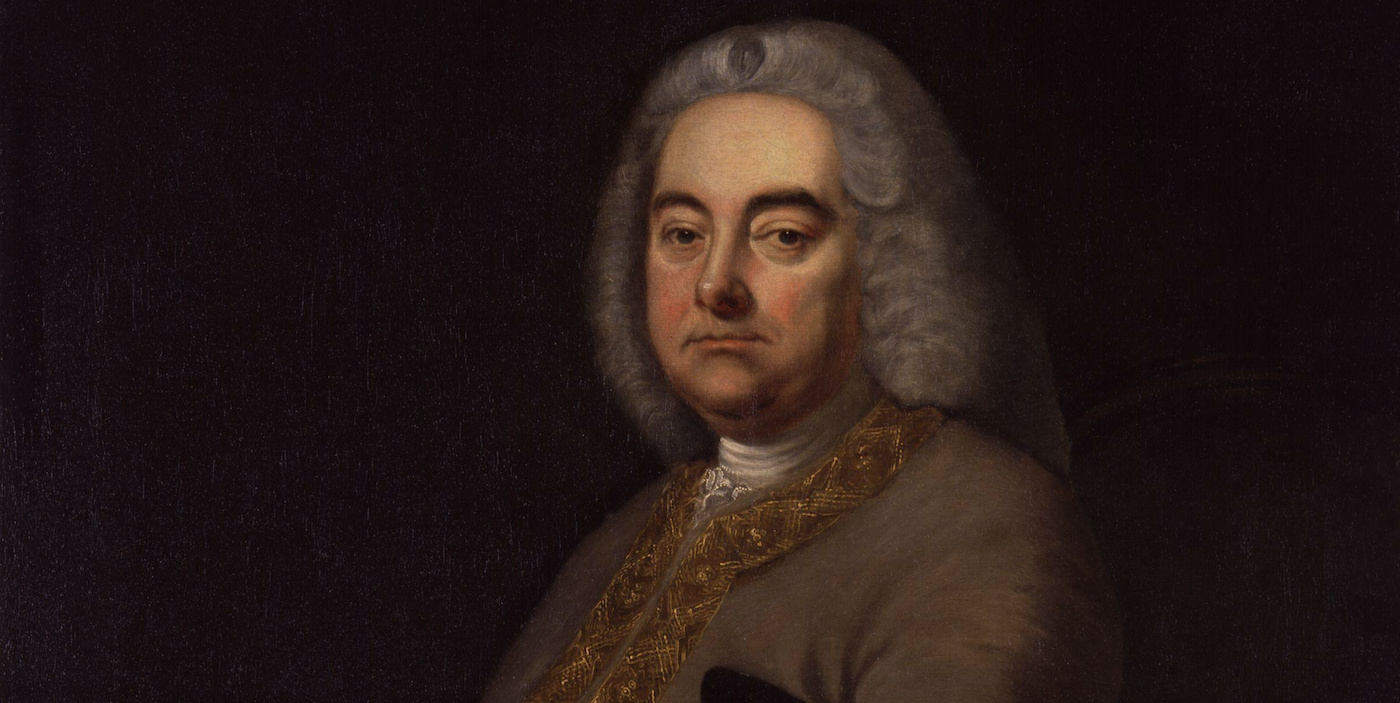Home>Events & Info>Music History>What Three Aspects Define The Romantic Period Of Music History?


Music History
What Three Aspects Define The Romantic Period Of Music History?
Published: December 28, 2023
Learn about the three defining aspects of the Romantic period in music history and how they have shaped its unique characteristics. Explore the rich and passionate musical movements that emerged during this influential era.
(Many of the links in this article redirect to a specific reviewed product. Your purchase of these products through affiliate links helps to generate commission for AudioLover.com, at no extra cost. Learn more)
Table of Contents
Introduction
The Romantic Period in music history spans from the late 18th century to the early 20th century, and it was a time of tremendous artistic expression and innovation. This era is characterized by an emphasis on emotions, individualism, and freedom of expression. Musicians and composers of the Romantic Period sought to break free from the traditional constraints of classical music and explore the depths of human emotions through their compositions.
During this time, Europe was going through significant social, political, and cultural changes. The Industrial Revolution brought about rapid advancements in technology and urbanization, leading to a shift in societal values and a rise in individualism. These changes inspired a sense of rebellion and a desire for personal expression, which greatly influenced the development of music during the Romantic Period.
Composers of the Romantic Period sought to evoke powerful emotions from their listeners and convey the complexities of human experiences through their music. They used lush harmonies, dramatic contrasts, and intricate melodies to create compelling and emotionally charged compositions. It was a time when music became a vehicle for personal expression, allowing composers to share their deepest thoughts and feelings with audiences.
The Romantic Period also witnessed a significant expansion of musical forms. Composers ventured beyond the traditional structures of classical music and experimented with new musical forms and techniques. They pushed the boundaries of harmonic and tonal systems, resulting in unconventional chord progressions and modulations.
Furthermore, there was a surge of nationalistic sentiment during the Romantic Period. Composers drew inspiration from their respective cultures and traditions, infusing their music with elements of folk songs and dances. This led to the emergence of distinct national styles, such as Russian, German, Hungarian, and Polish music.
In this article, we will explore the three main aspects that define the Romantic Period of music history – the emphasis on emotions and expression, the expansion of musical forms, and the influence of nationalism. By understanding these key elements, we can gain a deeper appreciation for the richness and diversity of the music produced during this transformative era.
Historical Background of the Romantic Period
The Romantic Period in music history emerged as a response to the Enlightenment era, which emphasized reason, logic, and scientific inquiry. While the Enlightenment brought about intellectual and social progress, it also led to a sense of disillusionment and a longing for something more profound and meaningful. This longing for emotion and individual expression became the driving force behind the Romantic movement.
The Industrial Revolution, which began in the late 18th century, was a pivotal event that shaped the landscape of the Romantic Period. It brought about rapid industrialization, urbanization, and advancements in technology, causing significant social, economic, and cultural changes. As society adapted to these changes, there was a growing sense of alienation, as individuals found themselves disconnected from nature, traditional values, and the human experience.
In response to this upheaval, Romantic thinkers and artists, including musicians and composers, sought to reconnect with the natural world and explore the depths of human emotions. They rejected the strict rules and conventions of classical music and instead embraced individualism and subjectivity in their compositions.
One of the key figures who paved the way for the Romantic Period was Ludwig van Beethoven. His music, characterized by its emotional intensity and bold experimentation, challenged the traditional norms of music composition. Beethoven’s Symphony No. 9, for example, broke new ground with its inclusion of a chorus and vocal soloists, conveying a powerful message of universal brotherhood and hope.
Another influential figure in the Romantic Period was Franz Schubert. Known for his expressive and lyrical compositions, Schubert’s songs, or lieder, captured the introspective and poetic nature of the time. His music eschewed the formal structures of classical music and instead focused on conveying deeply personal and emotional experiences.
As the Romantic Period progressed, composers like Hector Berlioz, Richard Wagner, and Pyotr Ilyich Tchaikovsky further pushed the boundaries of musical expression. They experimented with orchestration, harmonies, and dramatic storytelling, ensuring that music became a powerful tool for evoking emotions and creating vivid imagery.
Overall, the historical background of the Romantic Period is marked by a profound shift in societal values and a desire for personal expression. It was a time of artistic rebellion and a longing for authenticity and emotional connection. This period laid the foundations for the development of new musical forms, the exploration of individual expression, and the embrace of nationalistic elements, all of which came to define the essence of Romantic music.
Emotion and Expression in Romantic Music
One of the defining characteristics of the Romantic Period in music history is the emphasis on emotions and expression. Composers of this era sought to delve deep into the human psyche and convey a wide range of emotions through their compositions.
Unlike the classical music of earlier periods, which focused on balance, symmetry, and adherence to strict compositional rules, Romantic music embraced spontaneity and individual expression. Composers were no longer bound by formal structures, allowing them to freely explore the depths of human emotions and convey their personal experiences.
One of the composers who exemplified this emphasis on emotion and expression was Frédéric Chopin. His piano compositions, characterized by delicate melodies and intricate harmonies, were deeply rooted in his own personal experiences and emotions. Each piece evoked a distinct mood, capturing feelings of love, longing, joy, or melancholy.
Another prominent composer of the Romantic Period was Robert Schumann. His musical works were filled with passion and introspection. His piano compositions, such as “Carnaval” and “Kinderszenen,” conveyed a wide array of emotions, ranging from childlike innocence to dramatic intensity.
The Romantic composers also utilized dynamic contrasts to heighten the emotional impact of their music. They incorporated dramatic shifts in volume, from soft and delicate passages to thunderous and triumphant sections, creating a sense of tension and release.
This era also witnessed the rise of programmatic music, where composers sought to tell a specific story or depict a scene through their compositions. Examples of programmatic works include Richard Strauss’ “Also sprach Zarathustra,” inspired by Friedrich Nietzsche’s philosophical novel, and Bedřich Smetana’s “Má vlast,” which depicted scenes from Czech history and folklore.
Furthermore, the Romantic Period saw the development of virtuosic performance techniques, allowing musicians to convey a wealth of emotions through their interpretation and execution of the music. Composers like Franz Liszt composed technically demanding pieces that showcased the expressive capabilities of the piano.
Overall, the emphasis on emotions and expression in Romantic music brought about a profound transformation in the way music was composed and perceived. Composers sought to connect with their audiences on a deeply emotional level, creating music that resonated with the human experience and touched the very core of the listeners’ souls.
Expansion of Musical Forms in the Romantic Period
The Romantic Period in music history was characterized by a significant expansion of musical forms. Composers of this era ventured beyond the traditional structures of classical music and experimented with new forms, techniques, and structures, pushing the boundaries of musical expression.
One of the notable developments during this time was the evolution of the symphony. While symphonies existed before the Romantic Period, it was during this era that they became more expansive and emotionally charged. Composers like Gustav Mahler and Anton Bruckner pushed the limits of the symphonic form, creating sprawling compositions that incorporated multiple movements and expanded orchestras.
The concerto form also underwent transformation in the Romantic Period. Composers like Ludwig van Beethoven and Pyotr Ilyich Tchaikovsky expanded the traditional three-movement structure to include lengthy and virtuosic solo passages. This expansion allowed for a more dramatic interaction between the soloist and the orchestra, showcasing the technical prowess and expressive capabilities of the performer.
Another significant development in the Romantic Period was the rise of character pieces, also known as miniatures. These short, standalone compositions focused on capturing a particular mood or character. Composers like Robert Schumann and Frédéric Chopin were known for their extensive contributions to this form, creating pieces that conveyed a range of emotions in a compact and concise format.
Additionally, the opera genre experienced a transformation during the Romantic Period. Composers like Richard Wagner revolutionized the genre by creating through-composed operas, where the music flowed continuously from start to finish. This departure from the traditional recitative-aria structure allowed for a more seamless integration of music and drama, enhancing the emotional impact of the operatic experience.
The piano, considered the ultimate instrument of the Romantic Period, also witnessed an expansion of musical forms. Composers like Franz Liszt and Frédéric Chopin composed innovative works for solo piano, exploring new techniques, textures, and harmonic possibilities. Their compositions showcased the expressive capabilities of the instrument and revolutionized piano music.
Overall, the expansion of musical forms in the Romantic Period allowed composers to break free from the constraints of classical composition and explore new avenues of musical expression. Whether through symphonies, concertos, character pieces, or operas, composers sought to push the boundaries of what was considered possible in music, creating profound and transformative works that continue to resonate with audiences to this day.
Nationalism in Romantic Music
The Romantic Period in music history witnessed a significant rise in nationalism, as composers sought to incorporate elements of their respective cultures and traditions into their compositions. This infusion of nationalistic elements gave rise to distinct national styles and became a driving force in shaping the music of the era.
During this period, many countries were striving for independence and cultural identity. Composers embraced this sense of national pride and looked to their own cultural heritage for inspiration. They incorporated folk songs, dances, and legends into their compositions, creating music that truly reflected the spirit and identity of their nations.
One notable example of nationalism in Romantic music is the Russian Five, also known as The Mighty Handful. Composers such as Modest Mussorgsky and Nikolai Rimsky-Korsakov drew heavily from Russian folk music and incorporated melodic and rhythmic elements of their native land into their compositions. Their works, such as Mussorgsky’s “Pictures at an Exhibition” and Rimsky-Korsakov’s “Scheherazade,” exude a unique Russian flavor and capture the essence of Russian culture.
In Germany, the concept of Volkstümlichkeit, or folk-like music, played a significant role in nationalist compositions. Composers like Richard Wagner and Johannes Brahms drew inspiration from Germanic folklore and traditions, incorporating themes and melodies that resonated with the German people. Wagner’s operas, such as “Der Ring des Nibelungen,” sought to revive the mythology and ancestry of the Germanic people, while Brahms’s compositions, like his German Requiem, celebrated the Germanic choral tradition.
In Hungary, composer Béla Bartók embarked on a journey to collect and preserve Hungarian folk music. He traveled throughout the countryside, documenting traditional melodies and rhythms, and then incorporated these elements into his own compositions. Bartók’s music, such as his “Romanian Folk Dances” and “Concerto for Orchestra,” showcased the rich tapestry of Hungarian folk music and became a symbol of Hungarian cultural pride.
Polish composer Frédéric Chopin also exhibited nationalist sentiments in his music. His compositions, filled with Polish folk melodies and dances like the mazurkas and polonaises, became an embodiment of Polish national identity. Chopin’s works, such as his “Polonaise in A-flat major” and “Mazurka in B-flat major,” served as musical expressions of Polish patriotism.
The influence of nationalism in Romantic music was not limited to these countries alone. Across Europe, composers captured the spirit of their respective nations in their music. Edvard Grieg in Norway, Bedřich Smetana in Czech Republic, and Jean Sibelius in Finland all embraced nationalistic themes and incorporated elements of their cultural heritage into their compositions.
Nationalism in Romantic music was a powerful force that allowed composers to celebrate their countries’ unique musical and cultural identities. It served as a vehicle for expressing national pride and fostering a sense of unity and belonging among the people. The nationalistic elements of Romantic music continue to resonate with audiences, forging a connection to the traditions and histories of diverse cultures.
Conclusion
The Romantic Period of music history was a time of immense artistic expression and innovation. Composers of this era sought to break free from the constraints of classical music and explore new realms of emotions, individualism, and national identity. The three aspects that defined the Romantic Period were the emphasis on emotions and expression, the expansion of musical forms, and the influence of nationalism.
During this period, composers tapped into the depths of human emotions, creating music that evoked a wide range of feelings and experiences. They embraced individualism, freely expressing their own personal thoughts and emotions through their compositions. The Romantic composers employed lush harmonies, dramatic contrasts, and intricate melodies to convey a sense of depth and intensity.
Furthermore, composers in the Romantic Period expanded upon traditional musical forms, pushing the boundaries of composition and structure. They ventured beyond the confines of symphonies and concertos, exploring character pieces, through-composed operas, and virtuosic piano compositions. This expansion allowed for a more flexible and expressive approach to music, giving composers the freedom to fully convey their artistic visions.
Another significant aspect of the Romantic Period was the rise of nationalism in music. Composers drew inspiration from their respective cultures, infusing their works with elements of folk songs, dances, and legends. This embrace of national identity resulted in the emergence of distinct national styles, allowing composers to celebrate and express their nations’ unique cultural traditions.
In conclusion, the Romantic Period of music history was a time of profound transformation and artistic exploration. Composers during this era sought to tap into the depths of human emotions, expand the boundaries of musical forms, and embrace nationalistic sentiments. Their music continues to captivate audiences to this day, resonating with its emotional power, innovative structures, and diverse cultural influences. The legacy of the Romantic Period serves as a testament to the enduring power of music to evoke emotions, shape cultural identities, and inspire the human spirit.











